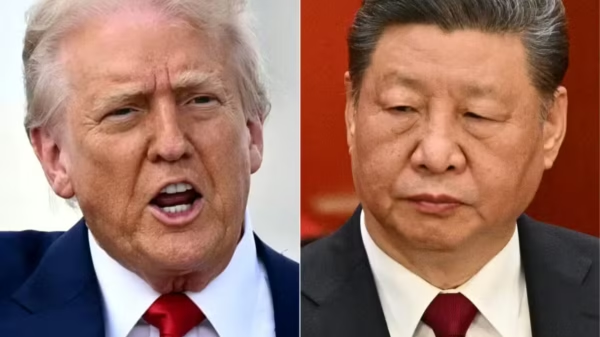Neil Vernon, CTO of Gresham Technologies, discusses the challenges faced by middle and back-office teams during these processes. Today’s investment banks are significantly different from what they were 20 years ago, with more complex revenue generation strategies and expanded global footprints. This shift has resulted in a multitude of products and services and a complex web of internal systems holding the operation together.
The problem is that this web includes outdated legacy systems layered with years of tweaks and improvements. In addition, global banks often lack harmonization across middle and back-office functions in different jurisdictions and departments.
While these legacy systems made sense in the past, they don’t reflect the current reality of the financial industry. Many of the FinTech founders have experienced the frustrations of these legacy systems firsthand.
In 2023, we’re witnessing major mergers in the banking sector, and these large deals require long-term integration and consolidation projects. Merging companies with different sets of back offices and overlapping legacy systems can create a significant operational efficiency challenge.
These mergers are happening in an era where data consumption is at an all-time high. Various parts of the middle and back office relying on different technologies can lead to data being trapped in legacy systems, affecting efficiency.
Just as you wouldn’t build your own oil refinery, it doesn’t make sense for banks to tackle complete post-trade system overhauls alone. The operational headaches associated with outdated systems are well-known, and they can lead to extended integration projects.
To navigate this complexity, banks can rely on managed service providers with expertise in post-trade processes and modern technology to ensure efficient integration during M&A deals.




































